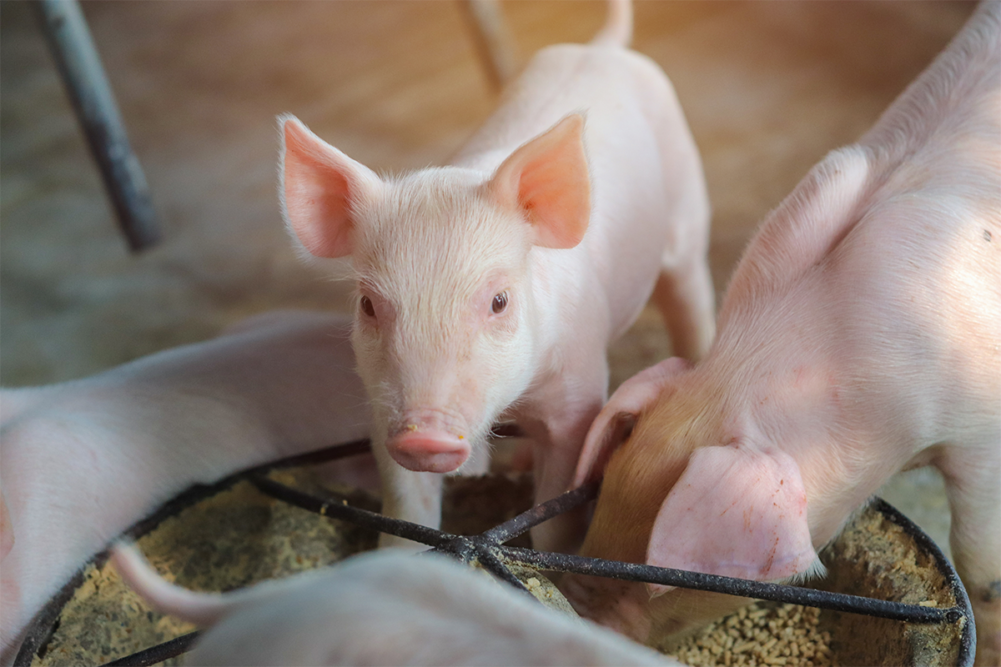UTRECHT, NETHERLANDS — Although signs indicate the worst of the inflationary impact may have already passed, Rabobank said the weak state of the economy will continue to impact global pork consumption throughout 2023. The Global Pork Quarterly Q2 2023 report shows pork retail prices continue to surge as supply tightens and labor and energy costs increase.
Historically, pork is positioned as a less income-sensitive protein than other more expensive protein options.
“Nevertheless, we see persistently high retail prices limiting consumption of all proteins,” said Christine McCracken, senior analyst of animal protein at Rabobank. “Consumers continue to conserve capital by shifting everyday purchases to lower-value protein options, switching channels and moving to smaller pack sizes.”
The continuation of African swine fever (ASF) outbreaks in commercial operations in China, South Korea, the Philippines and Europe are an ongoing concern for the industry, leading to lower availability and trade interruption.
“Admittedly, any sizable shortfall in Chinese pork due to disease would disrupt the global industry and drive a sharp upward correction in pork prices, but global pork supplies currently appear sufficient,” McCracken said.
In other markets, herd health has improved as porcine reproductive and respiratory syndrome (PRRS) and porcine epidemic diarrhea virus have begun to abate in North America and Europe.
Meanwhile, global feed availability remains historically tight, according to Rabobank. Argentina reported a disappointing soybean crop this spring. However, a record soybean harvest in Brazil helped offset the low Argentine supply. As a result, more moderate grain and oilseed costs are expected.
In the United States, swine supply remains relatively flat with last year. Rabobank predicts herd contraction but a 0.2% increase in pork production in 2023. US pork value has dropped sharply, down 25% from last year. Weaker sales have led to an increased inventory of bellies, ribs, butts and bone-in-hams by 40% compared to last year’s inventory.
US pork exports are off to a strong start for 2023, with exports totaling 215,000 tonnes of pork and pork variety meat, up 10% from last year. Rabobank expects a 5% year-over-year gain in export volumes for 2023.
The pork market remains volatile in China, largely due to ASF outbreaks, but Rabobank expects demand to recover in the latter part of the second quarter and more so in the third quarter. Pork imports increased significantly in the first couple months of 2023, and Rabobank anticipates shipments will slow in the second quarter.
Spain persists as China’s largest supplier, accounting for 26% of total muscle meat imports. Brazil follows close behind with a 21% share that is expected to grow as several pork plants were approved by the Chinese government for export.
Brazil’s pork export volumes jumped 15.5% to 165,000 tonnes in February compared to last year. Value likewise rose by 29% to $394 million, making it the nation’s second-best February in history, behind 2021.
Europe’s exports remain soft through the second quarter due to high price levels and lower demand in importing countries. In 2022, Europe saw a decline of exports by 16% year over year. The continent’s pork supply and consumption are beginning to recover after hits from ASF.


